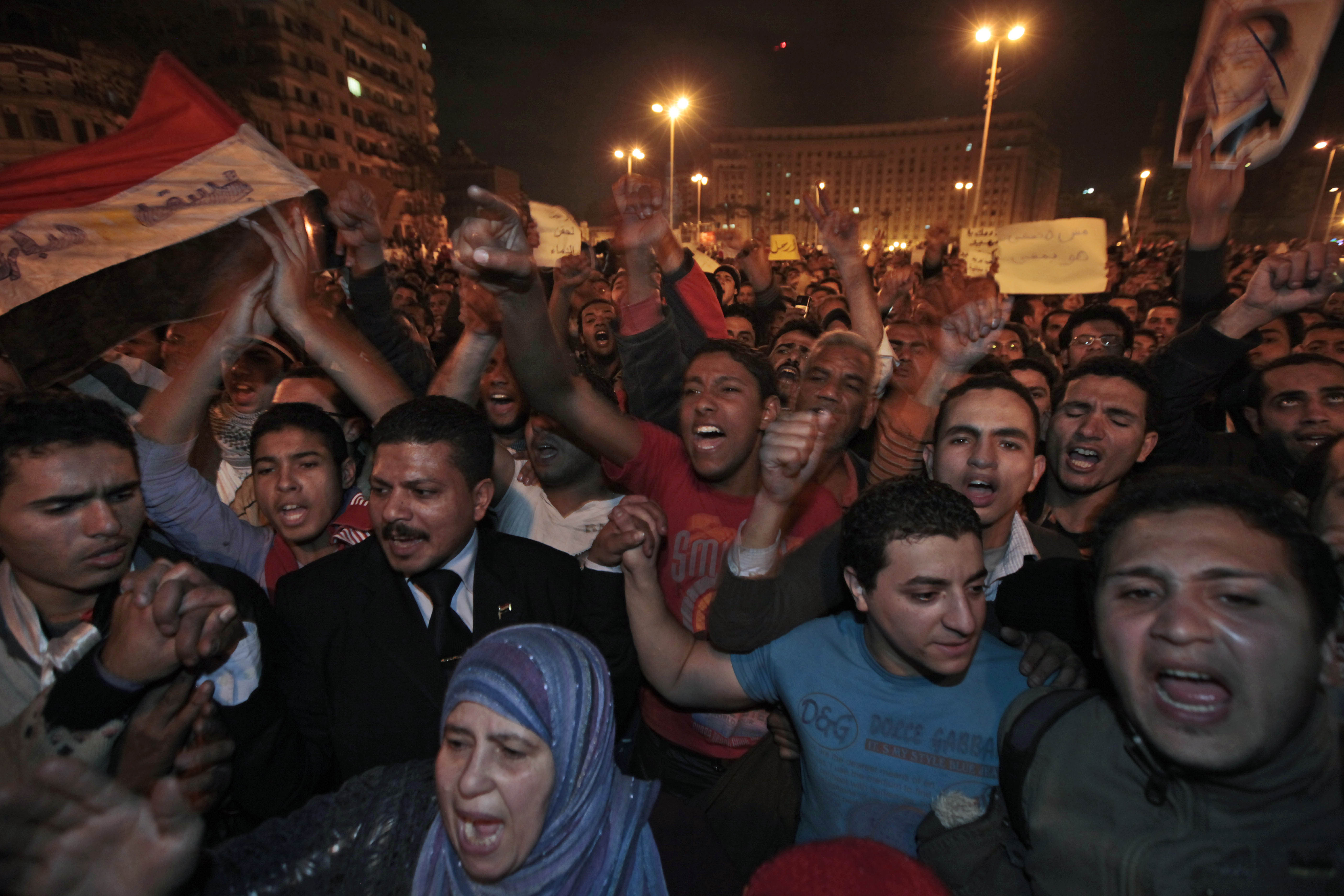Egypt's ongoing revolution
Friday, July 1, 2011
About Sarah GrebowskiA 2005 graduate of Girls Preparatory School, Grebowski attended Boston College and graduated with a major in international studies and Islamic civilizations and society. She currently lives in Cairo. Grebowski occasionally contributes to the Times Free Press and writes a blog, Cairo Comment, at http://grebowski.blogspot.com. Follow her on Twitter at @grebowskisarah.
For Egyptians, the revolution far from over. This is what struck me most being in Tahrir Square on Tuesday night as violent clashes erupted between protesters and riot police, eerily reminiscent of the uprising in January and February. Five months later, emotions are still raw. The pace of change in Egypt has failed to satisfy many, and when push came to shove, protesters and security forces locked themselves into a familiar showdown for legitimacy and authority, as manifested in control of symbolic Tahrir.
I was in downtown Cairo when rumors spread about tear gas and rubber bullets in Tahrir Square. When I arrived around 11:30 p.m., I saw scenes almost identical to the those of January. Protesters and riot police were playing their cat-and-mouse game. The protesters would tear up sidewalks in the square and throw the chunks of pavement at police, charging and forcing them to retreat. Police would then counter with a barrage of suffocating tear gas to disperse the crowd. This continued until about 1:30 a.m., when the police suddenly pulled back and abandoned the square.
The incident was disorienting. Why had ongoing sit-ins in more remote parts of downtown Cairo moved back to Tahrir? What exactly were Egyptians fighting for? Why had the police confronted protesters and resorted to the same tired tactics that lost them the crucial battles of Jan. 25 and 28?
Families of those killed in the Jan. 25.revolution (as it is referred to here, at least) have been staging demonstrations and sit-ins since last Friday in front of the official state television building in Cairo. They were demanding justice, which has eluded them thanks to the postponement of key trials of former regime officials and the general intactness of Mubarak's authoritarian machine. Although Mubarak and his closest circle of advisers are in jail, the vast majority of bureaucrats, police officers, military officer, and even ministers have not been removed, much less tried for corruption and human rights abuses.
These demonstrations were escalated by the announcement that the trial of former Minister of Interior Habib El-Adly, the man who allegedly ordered the killing of protesters during the Jan. 25 revolution, is postponed yet again. But what really sparked the action in Tahrir this week was a confrontation that took place across the river from downtown.
There is much confusion and miscommunication surrounding this event. The "families of the martyrs" were invited to a celebration at a popular venue in the neighborhood of Agouza. When they arrived, they were not only unwelcome, but attacked. Some accounts claim that the celebration was actually in honor of fallen police during the revolution, which sparked the confrontation. Others say that pro-Mubarak thugs were on the scene and sought to cause a commotion.
Whatever the reason, they were indeed attacked - videos even show demonstrators being relentlessly tazed by police.
Protesters either fled or marched to Tahrir, where they were joined by several thousands of supporters. The riot police were deployed and used tactics that foolishly drew parallels to the revolution. Tear gas and rubber bullets no longer intimidate Egyptians, but rally them behind the calls to assert their dignity.
The most important thing to recognize about this incident is that before long, the battle was no longer about families of the martyrs, Habib El Adly, the pace of Egypt's democratic transition, or anything else. It was simply a struggle for both sides to reassert themselves. For protesters, it was a bid to preserve the legacy of the revolution. For security forces, it was a poorly orchestrated attempt at intimidating those who continue to push with revolutionary demands.
Things have calmed down in Cairo for the moment. There is currently a peaceful sit-in in Tahrir with security forces nowhere in sight. But regardless of whether Egyptians regroup for another round of protests today, it's painfully clear that Egypt's revolution is ongoing. The tinderbox of unanswered calls for change and indignities suffered at the hands of authoritarian forces in Egypt (once Mubarak, now the army) remains, and anti-revolutionary forces are not afraid to strike it.

